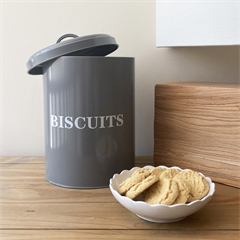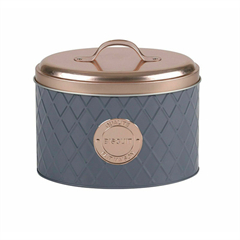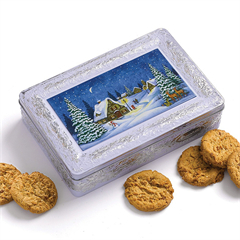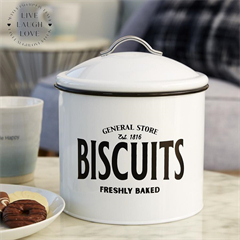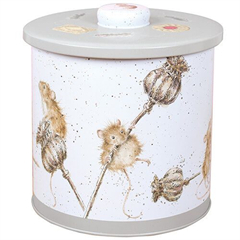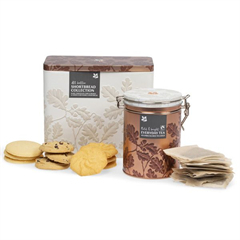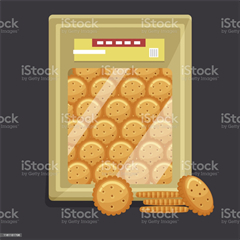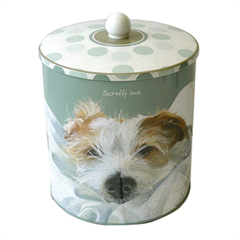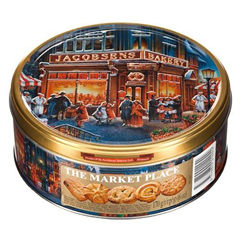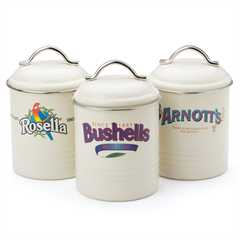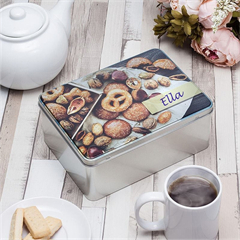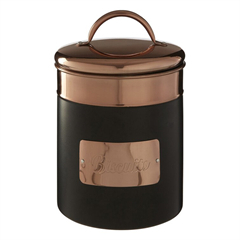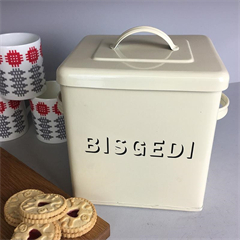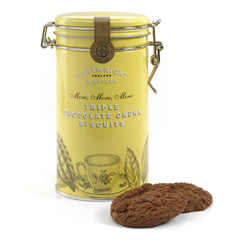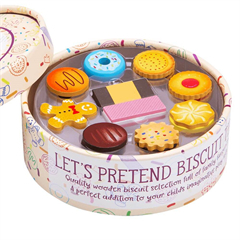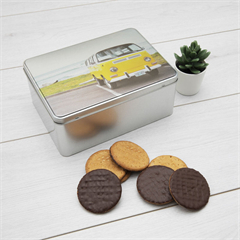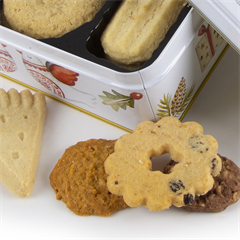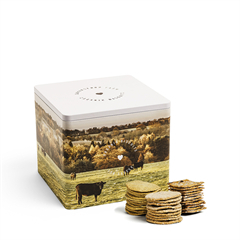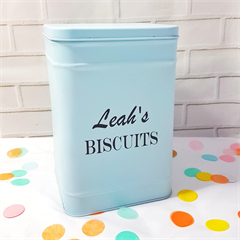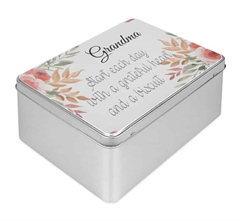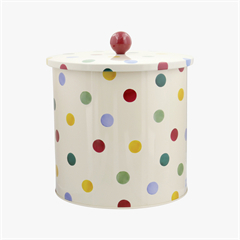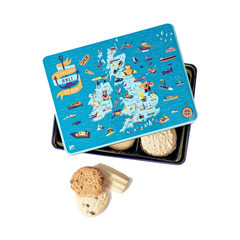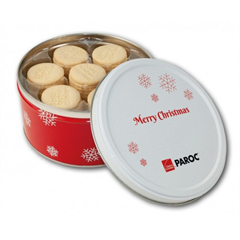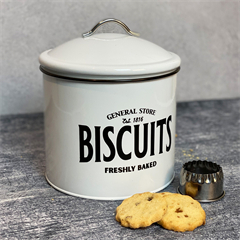As one of the foods that we can’t live without since childhood, biscuits have been with us to grow up. And how much do you know about the biscuit box that packs it? Biscuit tins are practical or decorative cans or containers used to package and sell biscuits (such as those served at tea time) and some candies. Biscuit tin were invented by Huntley & Palmers in 1831. They are commonly found in households in the United Kingdom, Ireland, and Commonwealth countries, but they also exist in continental Europe and French Canada. In the late 20th century, it became popular in the United States and English-speaking Canada. More than 60% of British households own a biscuit tin.
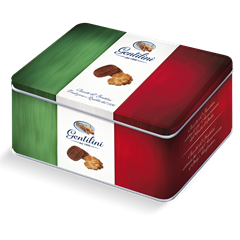
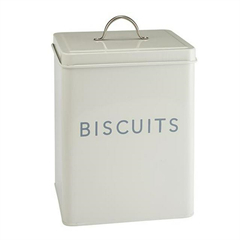

The history of biscuit tins introduce.
Biscuit tins are steel tins with tin plate. This consists of steel sheets thinly coated with tin. The sheets are then bent to shape. By about 1850, Great Britain had become the dominant world supplier of tin plate, through a combination of technical innovation and political control over most of the suppliers of tin ore.
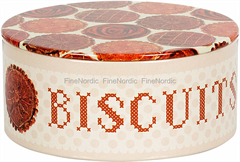
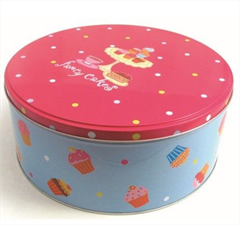
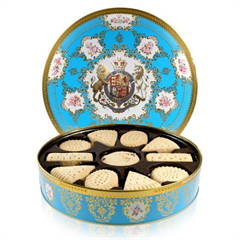
The British biscuit tin came about when the Licensed Grocer’s Act of 1861 allowed groceries to be individually packaged and sold. Coinciding with the removal of the duty on paper for printed labels, printing directly on to tinplate became common. The new process of offset lithography, patented in 1877, allowed multicoloured designs to be printed on to exotically shaped tins.
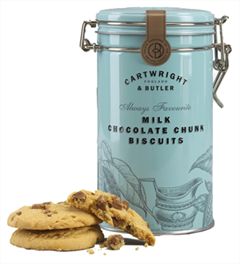
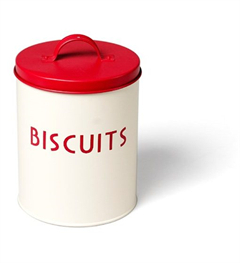
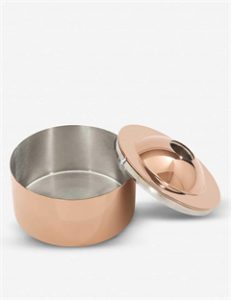
Works of art for the home introduce.
Biscuit tins have always been more than just containers. The manufacturers aimed to make products which would be enjoyed beyond the life span of the biscuits themselves. Tins shaped like actual objects began to be made in the late 1890s. The earlier tins were shaped like baskets but gradually a whole range of fine art objects appeared. Biscuit tins were no longer aimed merely at children at the Christmas market. They had become useful and decorative parts of the middle class home.
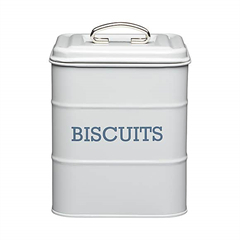
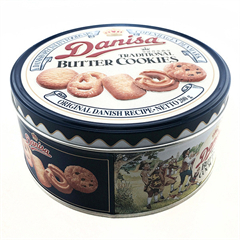
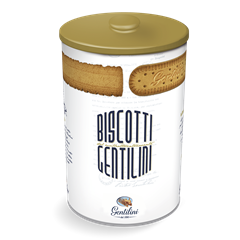
Replicas of Chinese vases could be used as such when the biscuits had been eaten. Boxes imitating porcelain, Wedgwood china or fine wooden boxes mimicked the wonderful objects found in grand houses or in museums. The First World War saw a break in the supply of decorated biscuit tins. Many manufacturers hesitated to resume production of “fancy” tins once the restrictions had been lifted. Children however had a strong influence on the market and ensured the survival of well designed, elaborately shaped tins.
